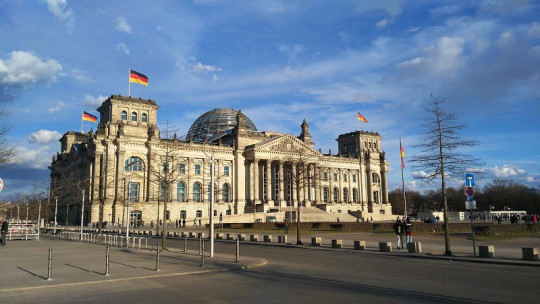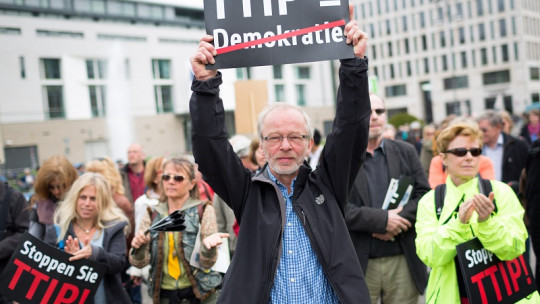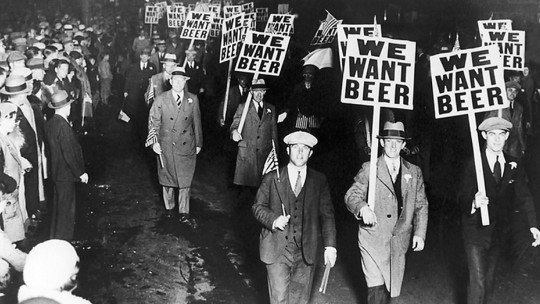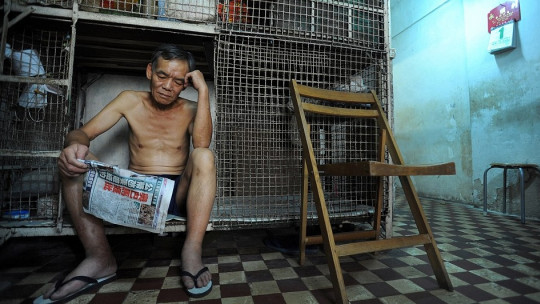
On October 15, 2014, the budgets of each of the states that make up the euro zone were delivered. The economic data presented were (in part) the cause of a crash in the main stock markets around the world. On the other hand, they are a symptom of economic stagnation and a lack of important political consensus and n Europe (the GDP for the third quarter of 2014 of the Eurozone and the European Union are respectively +1% and +1.4%(1)). These data (focused on the deficit and public debt) are ways (better or worse) to consider the good direction or not of a member state’s budgetary policies. The stability and growth pact(2), ratified by the European Council in 1997(3), imposes a road map on the accounts of the EU member states. This guideline is not an objective way of interpreting reality, but rather a subjective interpretation of it.
The configuration of the European treaties largely benefits the interests of the German state n -especially with regard to monetary policy(4). The imposition of a strict, “German-style” policy does not necessarily imply that it will work in another territory with different realities. However, the German model, almost perfect in the imagination of the institutions and member states (and citizens), seems to be faltering lately, or at least its prospects for economic growth(5). This deflation – of around 0.7% of GDP – leads inexorably to the revitalization of infra-European geopolitics(6).
This is explained because the economic models of each state are seen as an alternative to the criteria of a discouraged German economy. France is the best positioned state to question rigorous policies, although the European Union has a vote in this contest – the Commission can sanction governments that fail to comply with the pact established in 1997(7). In the end, the Germany of Merkel it forges the toughness – especially in the budgetary sphere – of the EU, which gives it an important responsibility. The imposition of its economic model or another reconfigures territorial realities with serious consequences.
A conceptual approach to economic models and hierarchies in the European framework
What then are economic models? In geopolitics, Economic models are a territorial economic strategy where certain actors try to convince – or impose – on other states a certain vision of the economy and, therefore, of society. Economic strategies are established in a desire to impose control over other states by economic force (and not so much by military force) within a framework of globalization. This rivalry is similar – as we said on another occasion in the article about: The disastrous effects of the Transatlantic Treaty – to what Joseph S. Nye called SoftPower or soft power(8).
From this point of view, states become “economic predators” in order to perpetuate their comparative advantages in the economy. Since, as we have been saying, a model does not adapt in the same way by growing in your territory (“endogenous”) as it is imposed by the other (“exogenous”). The “aggressor” state benefits from an important economic rent if it manages to attribute its way of seeing the world to other states, guaranteeing, upward, his ability to act as a central pivot. Thus, under a somewhat reductionist explanation, we headed towards the creation of central and peripheral (or also semi-peripheral) states. State actors agree on the way of acting as a pivotal state whose hegemony is sustained by the ability to obtain more capital gains in the circulation. Which Immanuel Wallerstein 9) called world-economy(10), in this case what would be the capitalist world-economy, resembles the materialization of an economic model above others.
Globalization would be -roughly- the crystallization of one or several visions: the hegemonic American vision and its subordinate European states – Germany, France and the United Kingdom would be the great banners. The latter, but more notably the Franco-German couple, compete for the future of the European model, each one wants to leave their signature. Germany is seen as the epicenter of Europe with a strong subordinate (France) On the contrary, France sees a Europe led by the Franco-German couple and tries to use its political power to do so(11), but perhaps it does not weigh in the same way (for the moment(12)).
A rivalry around the Franco-German couple
The German economic model comes from a trend that appeared in the 1930s called Ordoliberalism or social market economy. This would consist of a space where the state would establish a specific order of general rules to then apply the principle of competition and free market for companies. To a greater or lesser extent, most European states apply this economic model although it rivals the French one. This economic framework seems to work very well in Germany. So much so that the German state, with a policy based on the export of industrial products with high added value, reinforces its status of domination to the detriment of the other states(13). This has strived to become the factory of Europe (and part of the world). The other European states have been renegade to explore other avenues given the German success (the relocation of European industry has caused numerous havoc, especially in southern countries). However, Germany’s weight lies in its influence on the statutes and policy of the European monetary system.
On the other side, we find ourselves confronted by the French model. This would consist of a much more controlled (politicized) social market economy. In other words, it would be a liberal model where state intervention – greater than in Germany – has guaranteed the country’s growth. The state is much more supportive, protectionist and therefore more sensitive to social needs. However, Germany’s weight in the economy is dragging, directly or indirectly, France and all other countries to carry out policies of budgetary rigor and market restructuring.
What are the consequences of the lack of European solidarity?
As we have already mentioned, economic models are economic strategies that, ultimately, represent the sustenance of society. Forced German (and European) austerity has forced the collapse of welfare states, economic models that were deeply rooted in some European countries. The loss of a social model is current throughout the Europe of Solidarity. ANDIn Spain this process is very prevalent and, even more so, with the conservative government of Mariano Rajoy who has plunged headlong into the dictates of austerity. The problem, in our opinion, is not to seek GDP growth but to adjust to the needs (healthcare, housing, decent employment…) of the true sovereign people.
Nevertheless, If Germany has managed to impose its model on other European states, its hegemony remains less clear in view of the political pressure exerted by France. (with the support of Italy who hosts the semi-annual presidency of the EU council). So much so that the ECB, the IMF and the EU seem to be swinging towards positions halfway between both actors. Even so, the monolithic German vision removes one of the great burdens to relaunch the EU economy.








